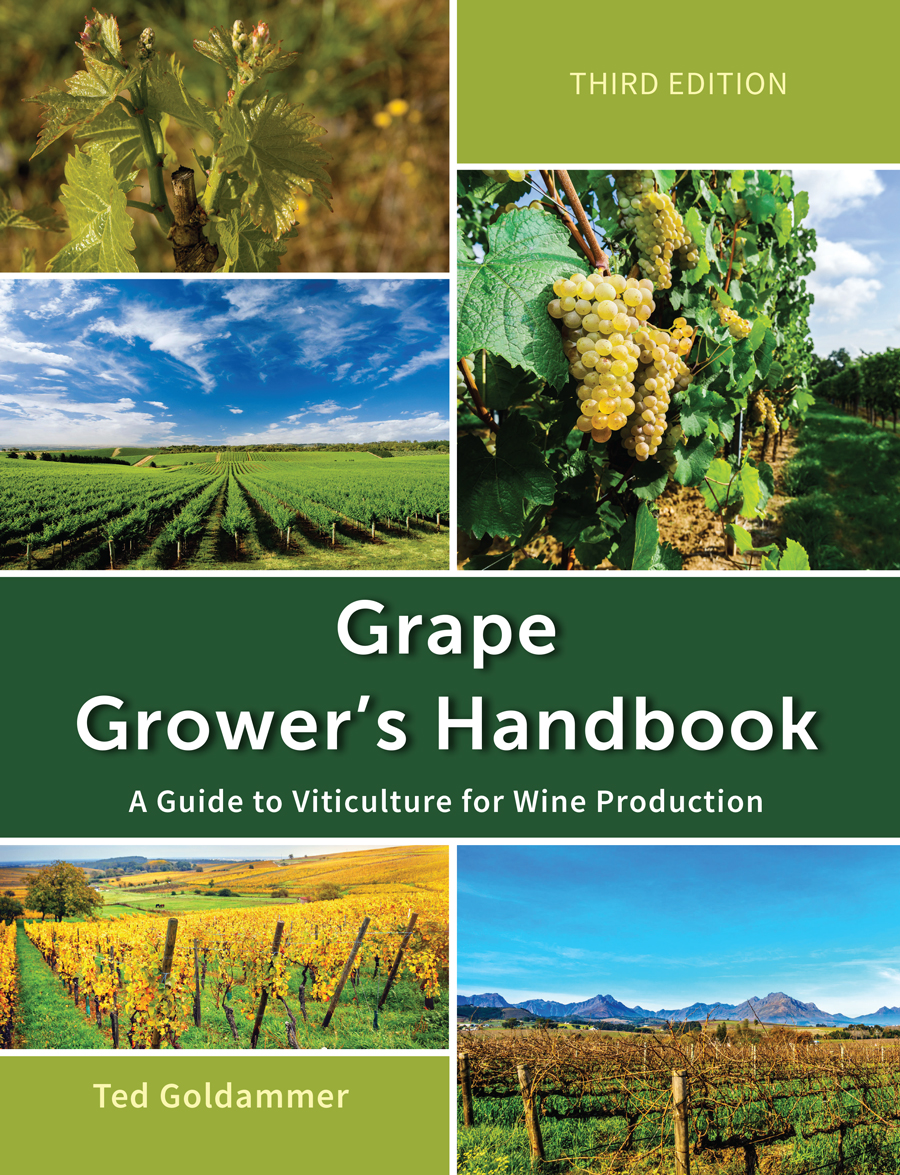Managing Vineyard Diseases
Bacterial Pathogens
Bacteria are microscopic one-celled organisms that can cause diseases in vines. While most bacteria in the environment are beneficial, several are able to cause leaf spots, stem rots, root rots, galls wilts, blights, and cankers. Plant pathogenic bacteria generally survive in infected plants, in debris from infected plants, and, in a few cases, in infested soil. Bacteria enter vines through wounds, natural openings in the vine or direct penetration, usually in the leaf or fruit but sometimes in roots and stems. Once inside the grapevine, bacteria begin to reproduce by simple cell division and do not produce spores or fruiting bodies like fungi. Bacteria, like fungi, rely on their host plant for food. In the absence of a host plant, a bacterial population may decline rapidly. Bacteria are spread primarily by wind-driven rain, but driving or walking through a vineyard wet from dew will also spread bacteria. They are splashed easily from the soil to the leaves and from leaf to leaf by overhead irrigation. They are also easily moved from soil or debris when a worker handles such material and then handles the vine. Insects spread some bacterial diseases such as Pierce's disease.
Click on the following topics for more information on managing vineyard diseases.

